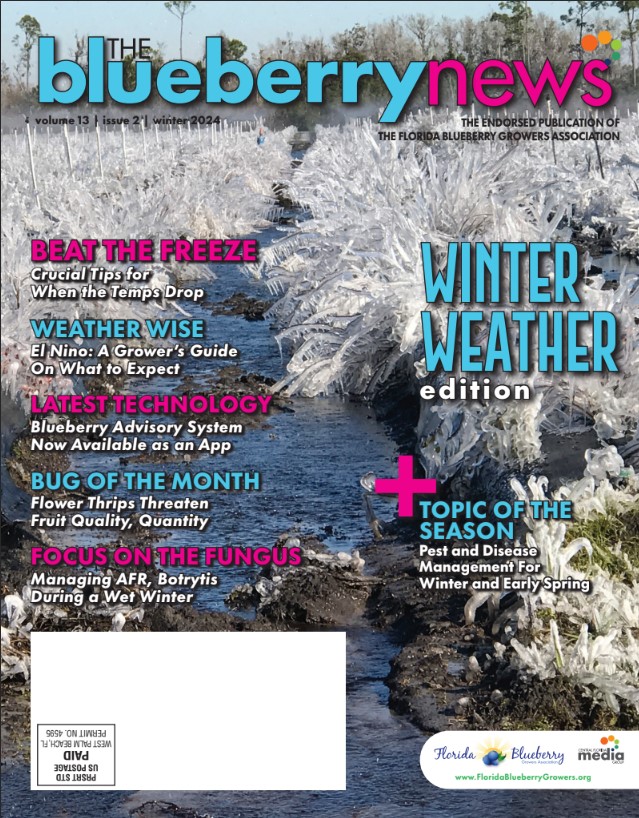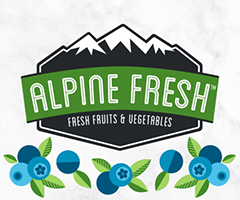<strong>Last year’s chill hours and tracking temperatures for 2016-17 winter </strong>
The 2015-16 Florida winter was one of the warmest in recent memory. Many production areas in Florida received little to no chill accumulation by early January, which greatly complicated management decisions, such as if, or when, hydrogen cyanamide (HC) should be applied. Even the low-chill blueberry cultivars grown in Florida require some winter chilling to grow normally the following spring, unless the “non-dormant” or “evergreen” system is employed. <!--more-->
Moreover, significant chilling before HC application is needed for its effective use. Classic symptoms of under chilling include delayed, protracted bloom and slow emergence from dormancy, as well as weak and sporadic spring growth. The cool weather that Florida did experience came late in the season and was not particularly helpful for satisfying chill requirements. For example, in Citra, Florida on January 10, there were only 29 chill hours accumulated while the long-term average for January 10 in Citra is 217 hours. Most of the chilling temperatures occurred from mid-January through February when plants were already emerging from dormancy and growth had begun with insufficient chill accumulation.
If you don’t have the ability to track chill accumulation on your farm, it can be monitored at the nearest Florida Automated Weather Network (FAWN) site. Go to fawn.ifas.ufl.edu. Click on chill hour calculator in the “tools” drop-down menu. Select the FAWN site of interest from the map and click graph/data. Under graph options, you can compare chill accumulation for the last two winters with the long-term average.
Most of us are wondering what is in store for us with the 2016-17 winter. NOAA’s Climate Prediction Center is currently predicting a 55-60 percent chance of neutral conditions for Florida during October through December. Precipitation is predicted to be below average and temperatures are predicted to have an equal chance of being above normal, below normal, or normal.
CREDIT
article by JEFF WILLIAMSON, Horticultural Sciences Department, IFAS, University of Florida





